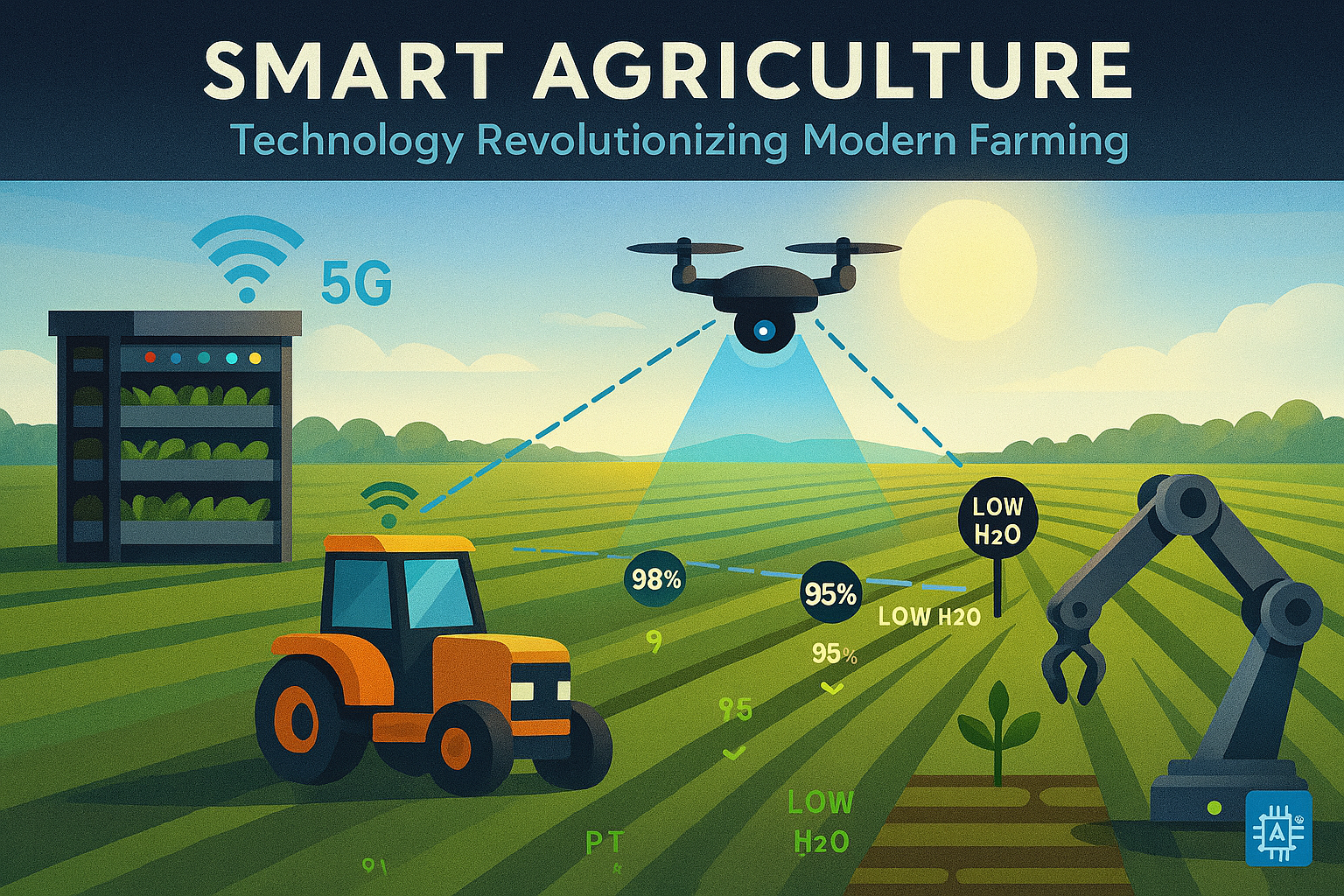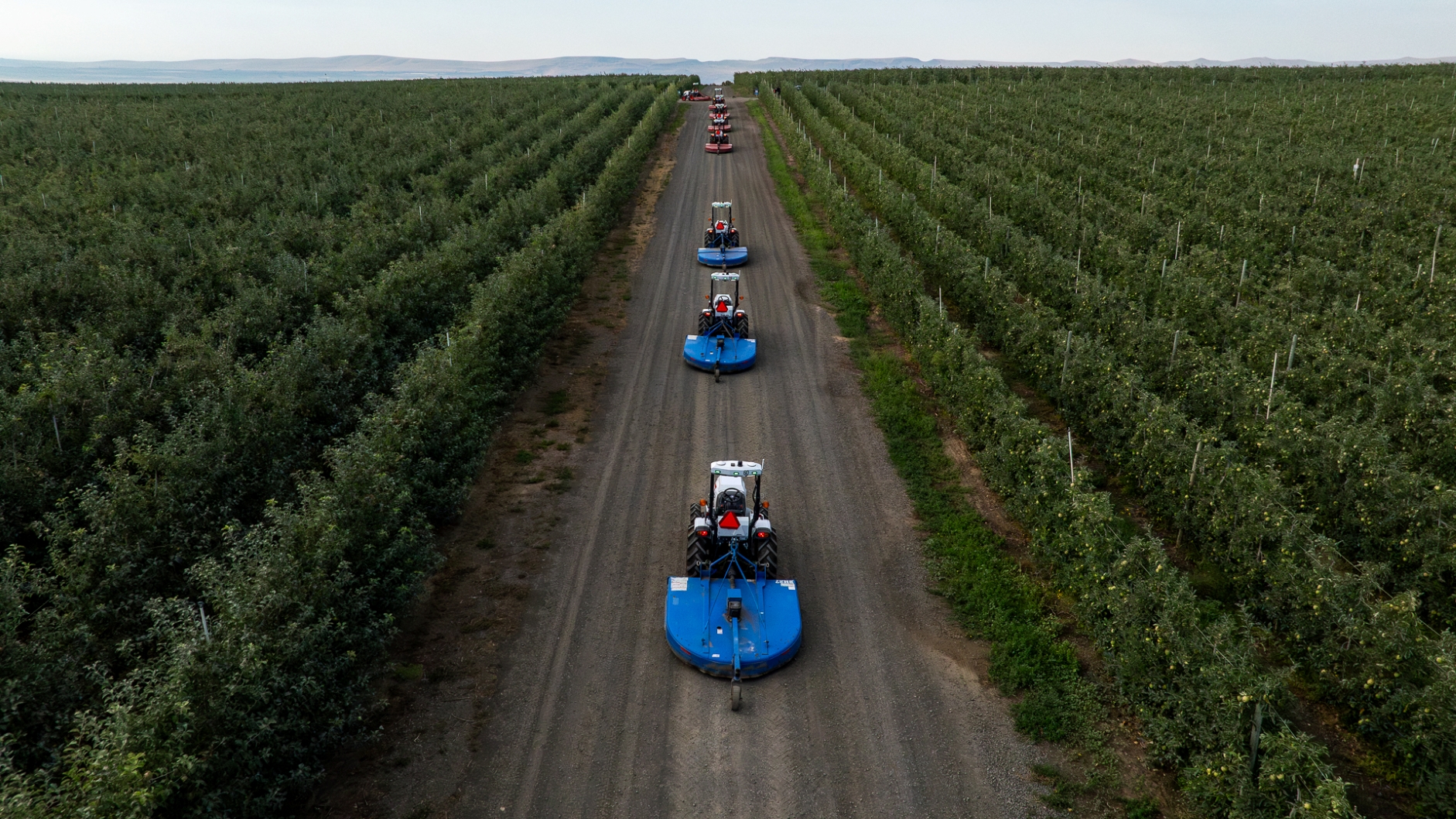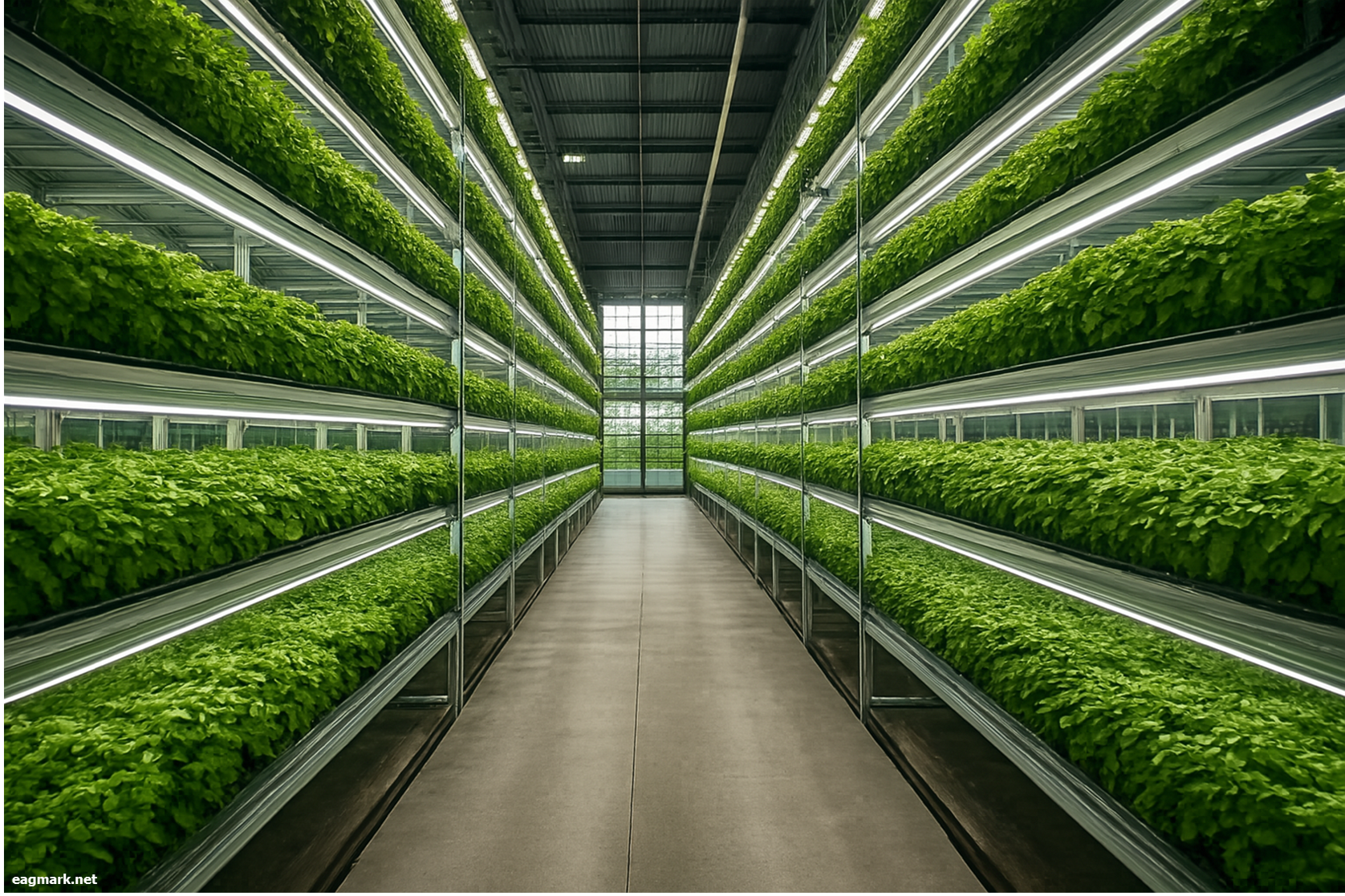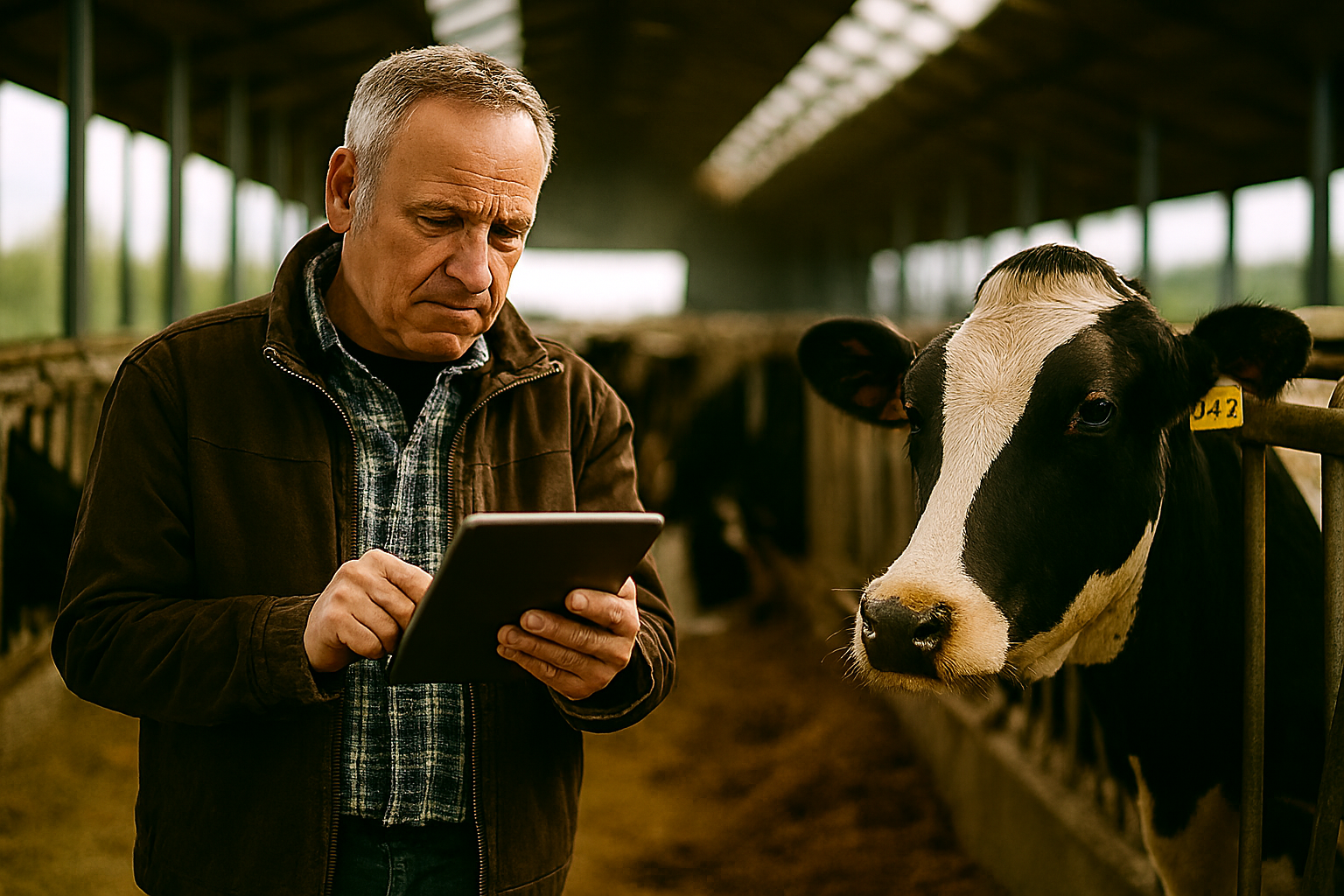
The clock is ticking. With the world population projected to surpass 9 billion by mid-century, agriculture faces an unprecedented challenge: producing roughly 70% more food than current levels while contending with shrinking farmland, water scarcity, and an aging workforce. The response? A technological transformation that's fundamentally changing how we grow food.
Walk into a modern farm today, and you'll find more in common with a tech startup than the pastoral scenes of yesteryear. The smart agriculture market has grown from $15.70 billion in 2025 and is projected to reach $23.38 billion by 2029, according to research from MarketsandMarkets. This isn't just incremental progress—it represents a complete reimagining of agricultural practices.
The Money is Flowing Into AgTech
Investment dollars tell the story. The broader AgTech market reached $15.49 billion in 2023 and is projected to grow at 15% annually to reach $56.6 billion by 2032, driven by venture capital firms and private equity investors who see agriculture as the next frontier for technological disruption.
"We're witnessing Agriculture 4.0," explains the agricultural research community. This fourth revolution builds on the mechanization, electrification, and chemical innovations of the past, adding layers of artificial intelligence, robotics, and data analytics that previous generations couldn't have imagined.
Growing Food in Shipping Containers
One of the most striking developments is controlled environment agriculture (CEA)—essentially, farming moved indoors where every variable can be optimized. These aren't your grandmother's greenhouses. Modern CEA facilities use hydroponics, LED lighting tuned to specific wavelengths, and AI-driven climate controls to grow everything from lettuce to strawberries in vertically stacked layers.
The appeal is straightforward: year-round production, dramatically reduced water usage (up to 95% less than conventional farming), and the ability to grow food in urban areas or regions with harsh climates. However, the industry has faced challenges, with several high-profile companies including Bowery Farming and Plenty experiencing financial difficulties and operational setbacks in recent years, highlighting that technology alone doesn't guarantee success.
Despite these bumps, CEA continues expanding. Dubai, Singapore, and other land-scarce regions are investing heavily in vertical farms to improve food security. The technology is also proving valuable for specialty crops—herbs, microgreens, and leafy vegetables—where proximity to urban consumers justifies the higher operational costs.
Precision Agriculture: Farming by the Inch
Perhaps no technology has proven as immediately practical as precision agriculture. Using GPS, drones, and soil sensors, farmers can now manage their fields with unprecedented granularity.
John Deere's See & Spray technology has delivered measurable results: farmers achieved an average 59% reduction in herbicide use across corn, soybean, and cotton operations, with over 1 million acres treated in 2024. The system uses computer vision to identify individual plants and spray only weeds, not crops—a stark contrast to blanket spraying.
The benefits extend beyond chemical reduction. Variable-rate application systems adjust seed, fertilizer, and water delivery based on real-time soil data, optimizing inputs and reducing waste. These precision agriculture tools can boost yields by 9-13%, while variable-rate irrigation saves approximately 25% of water.
For farmers, the appeal is economic as much as environmental. Input costs—seeds, fertilizer, fuel, chemicals—represent a huge expense. Technology that reduces these costs while maintaining or improving yields offers a clear return on investment.
The Robot Revolution
Agricultural robotics has moved from research labs to commercial farms faster than many predicted. The agricultural robotics market was valued at $7.34 billion in 2024, with forecasts projecting growth to $26.35 billion by 2032, reflecting rapid adoption across multiple farming operations.
The labor shortage driving this adoption is real and pressing. The American Farm Bureau estimates that 2.4 million farm jobs need to be filled annually, but fewer young people are entering agriculture, and immigration policies have tightened in many developed countries.
Enter the robots. At CES 2025, John Deere unveiled second-generation autonomous tractors and orchard sprayers that operate without human drivers, using advanced cameras, LiDAR, and AI systems. These machines can work around the clock, don't need breaks, and maintain consistent quality.
Harvest robots equipped with computer vision can identify ripe fruit and pick it with a delicate touch that prevents bruising. Harvest CROO Robotics developed a strawberry harvesting system that uses AI to detect ripe berries and can replace a crew of 30 workers. Weeding robots distinguish between crops and unwanted plants, removing weeds mechanically without herbicides.
The technology isn't without challenges. High initial investment costs and the need for technical expertise create barriers, particularly for smaller farms. However, as production scales and costs decrease, adoption is accelerating. By the end of 2025, projections suggest nearly a third of global farms will be utilizing some form of AI-powered robotics.
Artificial Intelligence: The Brain Behind Smart Farms
If sensors and robots are the eyes and hands of modern agriculture, artificial intelligence is the brain. AI systems analyze vast datasets—weather patterns, soil chemistry, satellite imagery, historical yields—to provide actionable insights.
Machine learning algorithms can predict pest outbreaks before they occur, recommend optimal planting times, and even forecast market prices to help farmers make better business decisions. Computer vision systems identify crop diseases in their early stages, when intervention is still effective.
The integration of 5G networks has proven particularly transformative. The low latency and high-speed data transfer of 5G enables rapid transmission of large amounts of data from connected farms, including images, videos, and 3D models. What used to take days using traditional networks now happens in seconds, dramatically improving the speed and accuracy of AI modeling.
Blockchain Brings Transparency
While less visible than robots or drones, blockchain technology is addressing a critical need: supply chain transparency. Consumers increasingly want to know where their food comes from, how it was grown, and whether it was produced sustainably.
Blockchain creates an immutable record of each step in a product's journey from farm to table. For farmers, this can mean premium prices for verified organic or sustainably grown crops. For consumers, it provides assurance. For food safety officials, it enables rapid tracing during contamination events.
Biotechnology: Engineering Better Crops
Genetic engineering and CRISPR gene-editing technologies are producing crops with traits that would be impossible through traditional breeding: drought tolerance, pest resistance, enhanced nutritional profiles.
Golden rice, engineered to contain beta-carotene, addresses vitamin A deficiency in developing countries. Drought-resistant varieties help farmers adapt to climate change. Pest-resistant crops reduce the need for insecticides.
The technology remains controversial in some regions, but its potential to address food security challenges is substantial. As climate change intensifies, having crops that can tolerate heat stress, flooding, or salt-contaminated soil becomes increasingly valuable.
Climate-Smart Agriculture
Speaking of climate change, agriculture both contributes to and suffers from global warming. Climate-smart agriculture encompasses practices designed to reduce greenhouse gas emissions while increasing resilience.
This includes conservation tillage (which keeps carbon in the soil), crop rotation, cover cropping, and agroforestry—integrating trees into farming systems. Technology supports these practices through precision monitoring and data-driven decision-making.
Soil sensors can track carbon sequestration. Satellite imagery monitors forest cover. AI models optimize crop rotations for both productivity and environmental benefit.
The Road Ahead
The transformation of agriculture through technology isn't just about gadgets and gizmos—it's about survival. Feeding 9 billion people sustainably requires producing more food on less land, with less water, fewer chemicals, and lower carbon emissions.
The technologies described here aren't futuristic concepts—they're being deployed today on farms across the globe. Yes, challenges remain: high costs, technical complexity, digital divides between large and small farms, and questions about data ownership and privacy.
But the trajectory is clear. The global smart farming market is projected to grow from $17.40 billion in 2023 to $117.20 billion by 2034, according to a comprehensive market analysis. This explosive growth reflects both urgent need and compelling opportunity.
The farms of tomorrow are taking shape today—and they look nothing like the farms of yesterday. For an industry that sustained humanity for 10,000 years, agriculture is proving remarkably adaptable. The question isn't whether technology will transform farming, but how quickly, and whether the benefits will reach farmers of all scales around the world.


